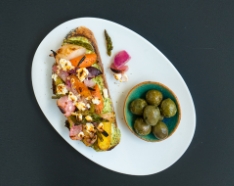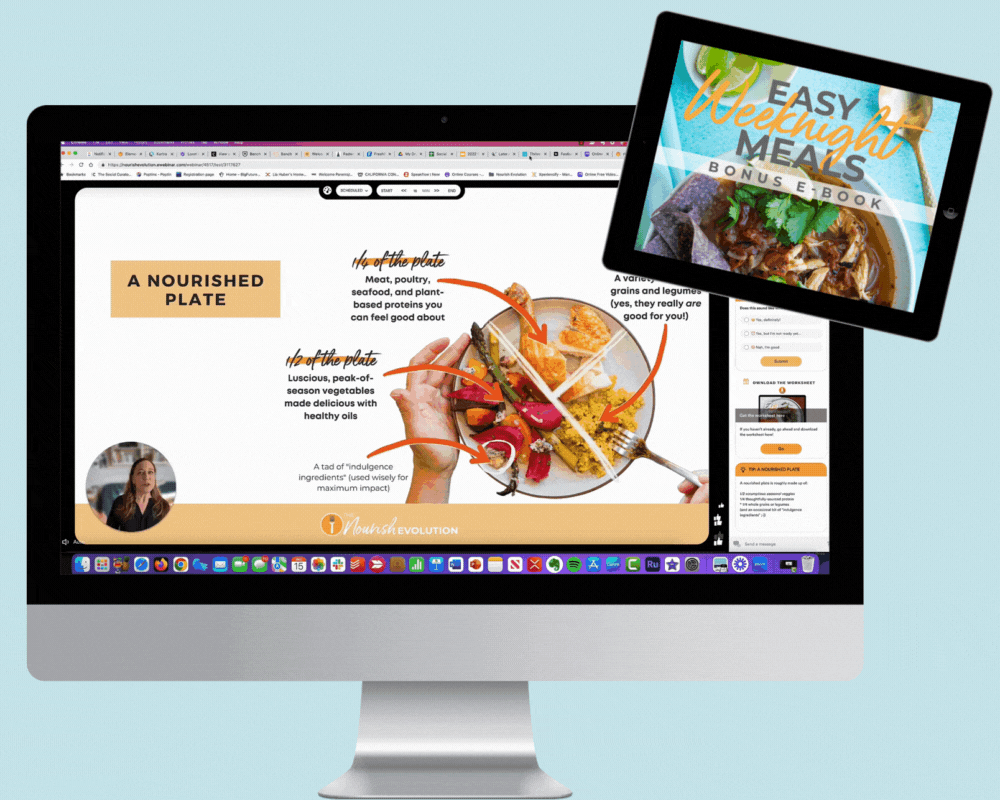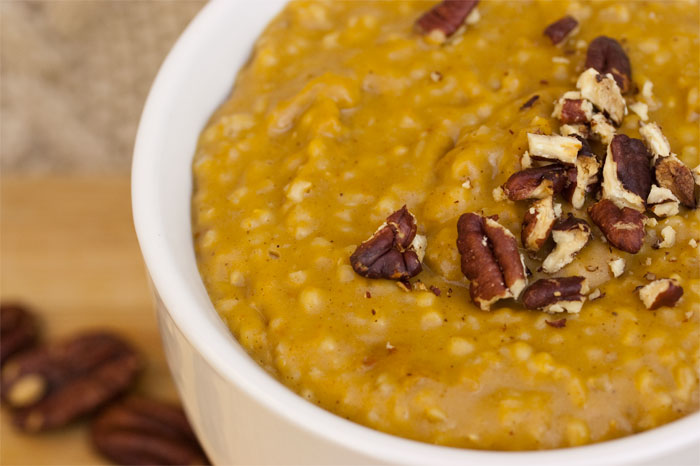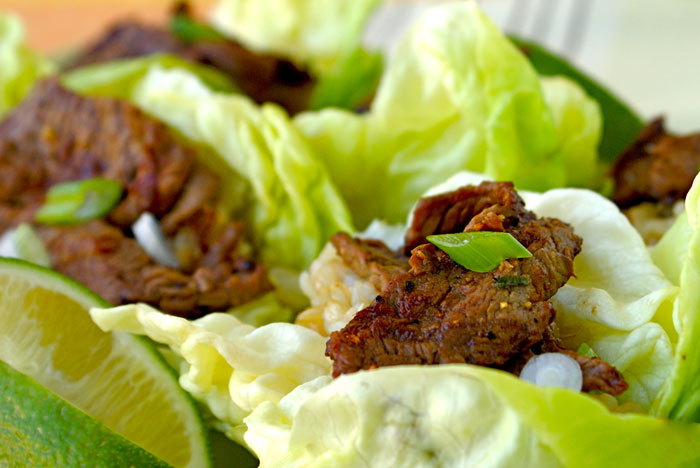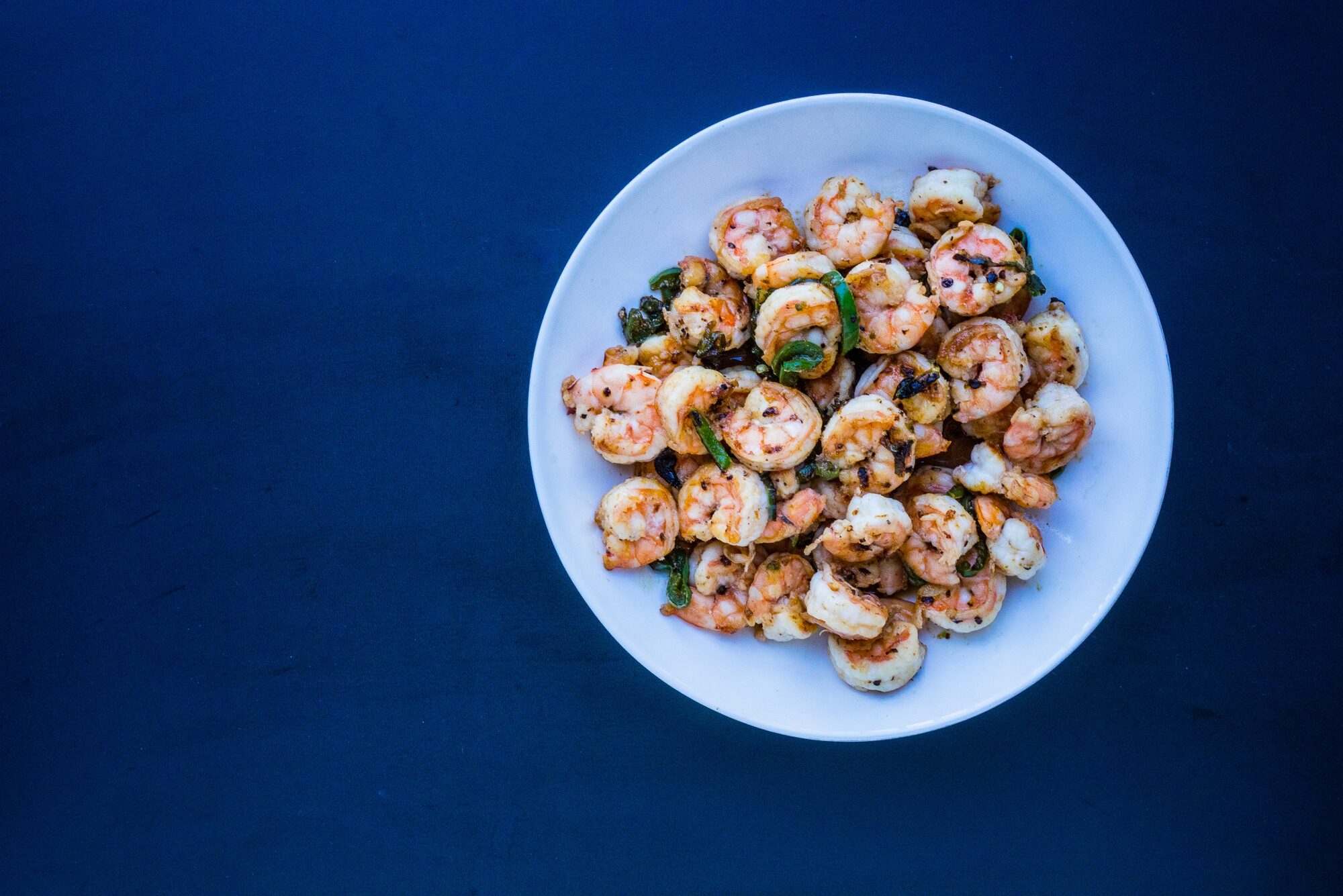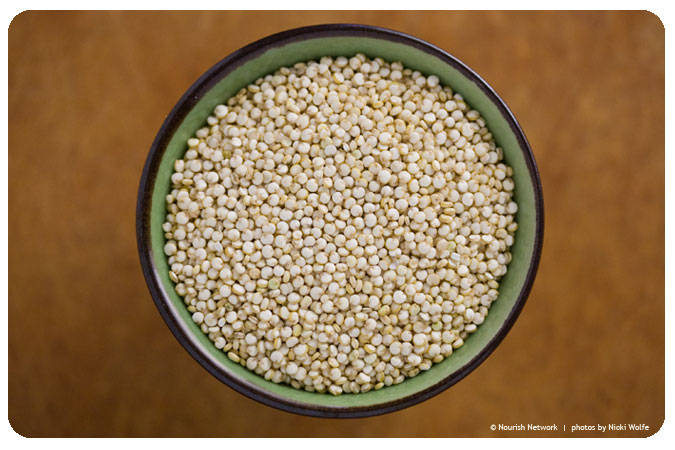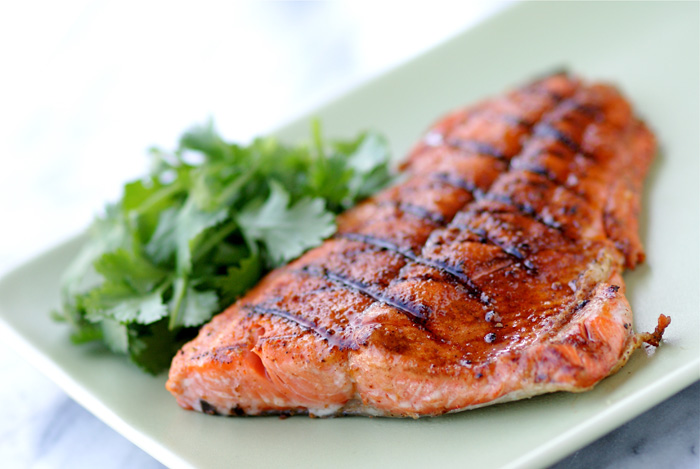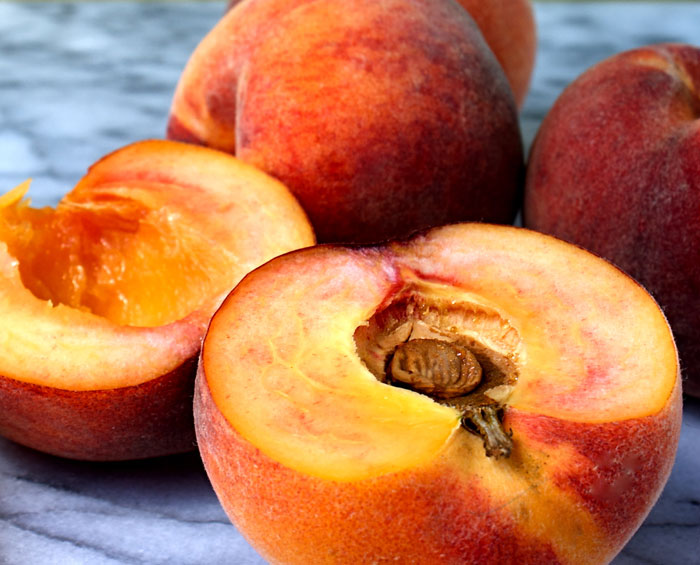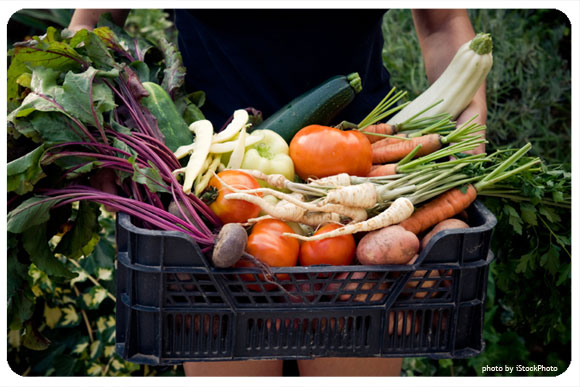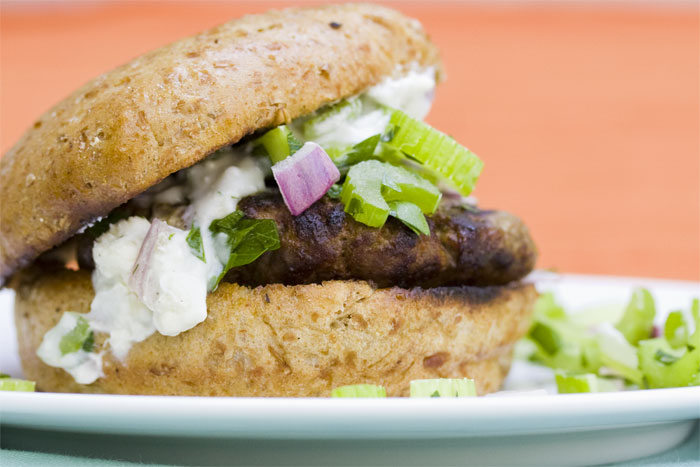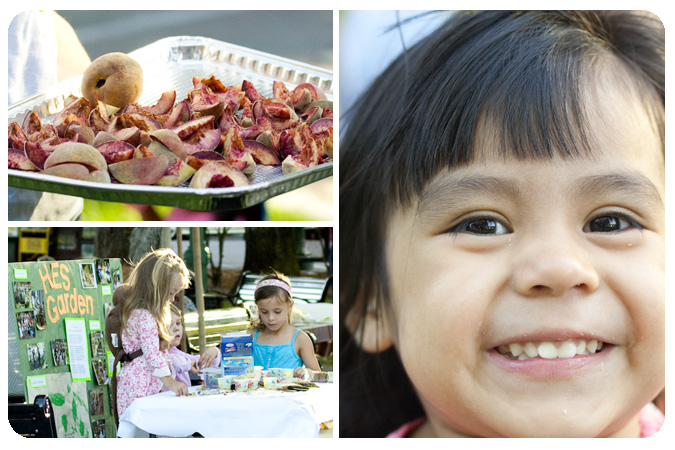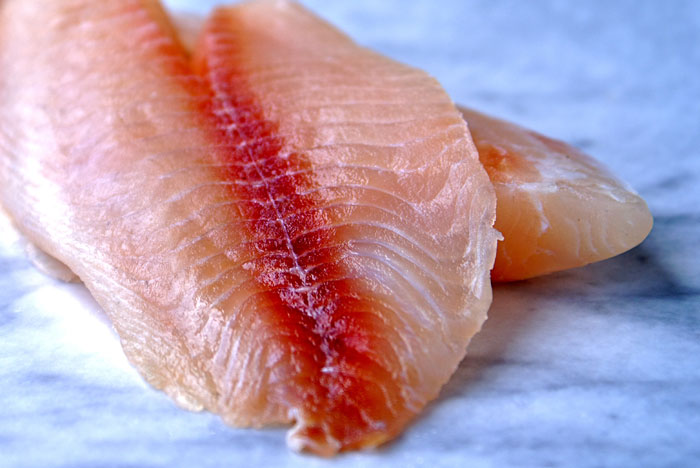A while ago, I was hired by a company to do extensive research about the sustainable seafood situation and boil it down into an executive summary so they could choose which tack made sense for them to take. During the course of my research I leaned heavily on the outstanding resources available—Monterey Bay Aquarium’s Seafood Watch, Environmental Defense Fund’s Seafood Selector and Blue Ocean Institute’s Seafood Search are three of my favorites—to help us choose fish that are both sustainably sound and safe for us to eat. But as I waded through reports and cross-referenced lists, I felt the need for another variable to make it all more usable for the consumer:
Ease of understanding.
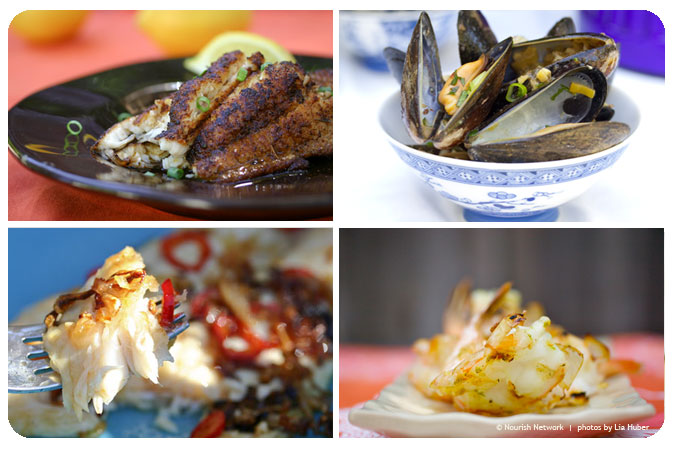 If a fish is green across the board, terrific. But if a particular species is green, yellow and red depending on where it’s caught and how it’s caught, then it was docked points in my own ranking system for being hard to grasp. As grateful as I am for the seafood guides out there, I wanted a short list of fish I could memorize** that would both widen my horizons (no more defaulting to the one or two that were top of mind) and provide a safety net, so to speak, so I could choose wisely even if I was caught without my pocket guide (or, God forbid, my iPhone). And I imagined a lot of people would feel the same way.
If a fish is green across the board, terrific. But if a particular species is green, yellow and red depending on where it’s caught and how it’s caught, then it was docked points in my own ranking system for being hard to grasp. As grateful as I am for the seafood guides out there, I wanted a short list of fish I could memorize** that would both widen my horizons (no more defaulting to the one or two that were top of mind) and provide a safety net, so to speak, so I could choose wisely even if I was caught without my pocket guide (or, God forbid, my iPhone). And I imagined a lot of people would feel the same way.
So here, unveiled for our Contributor Jacqueline Church’s Teach a Man to Fish blog event, are my Seven Super Sustainable Seafood Picks*:
- Mussels, Oysters and Clams – Mollusks are terrific sustainable seafood picks and a prime example of healthy aquaculture. Because they filter particulate matter from the water in order to feed, these bivalves actually leave the area cleaner than before they were there.
- Barramundi – A common fish in Australia, barramundi is now being farmed sustainably both here in the US and in Southeast Asia. Since they are a fast-growing fish, they’re a great choice for aquaculture.
- Wild-caught Alaskan Salmon – As I wrote about in Go Wild, Alaskan Salmon is the poster child of sustainable fishery management (the system within which fish are caught, processed and sold). Although not all salmon is sustainable, there is a clear-cut delineation between what is and what's not: avoid anything labeled Atlantic salmon or farmed salmon.
- Arctic Char – Arctic char is actually a member of the salmon family. In the US and other parts of the world, it’s being raised in sustainable environments. I find it makes a great everyday alternative to salmon.
- Sardines – Sardines are fast-growing, low-on-the-food-chain fish that are most commonly known in the US as coming from cans or jars. And while minced sardines are delicious to stir into sauces and dressings for added depth of flavor, fresh sardines are becoming more abundant at the market now too. Try them marinated in olive oil, garlic, oregano and lemon and seared in a skillet or on the grill.
- Farmed Striped Bass – Both farmed and wild striped bass are friendly to the environment, but the wild population can be high in contaminants so it’s best to stick to farmed as a rule. That said, striped bass is a great pick when you’re looking for a fish to roast whole (much more eco-friendly than, for instance, red snapper).
- Squid – Squid, also known as calamari, is a fast-growing species caught with methods that don’t damage the surrounding habitat. It’s available frozen year-round and makes an excellent substitution for shrimp in salads and stir-fries. Although if you can find it fresh, buy it; it’s both economical and irresistibly tender.
* The criteria for being one of the Seven Super Sustainable Seafood Picks: raised or caught in a manner healthy for the environment; safe and good for us to eat; easy to understand as a consumer
** Note that this list is not static; fishery situations change over time, and so does the status of whether a fish is safe or sustainable or easy to understand. So what you see here now may be different than what you see a year from now. Check back from time to time for an update.
